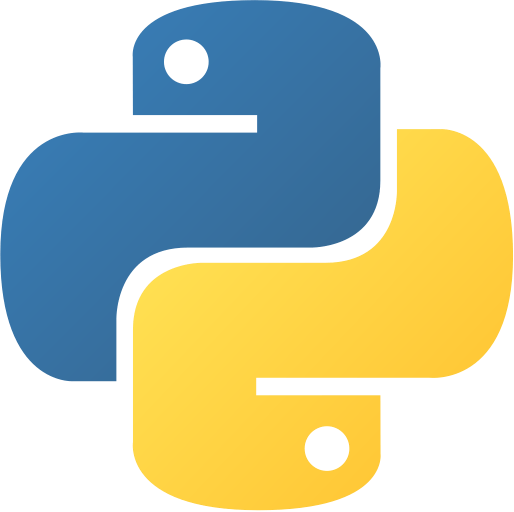Python Syntax
Python Syntax: Indentation and Its Uniqueness
Indentation in Python
Unlike many other programming languages that use braces {}{} or keywords like beginbegin and endend to define blocks of code, Python relies on indentation to signify the beginning and end of blocks.
Example:
# Python code block using indentation
if True:
print("This is indented.")
print("So is this.")
else:
print("This is not indented.")# Python code block using indentation
if True:
print("This is indented.")
print("So is this.")
else:
print("This is not indented.")In the above example, the lines of code within the ifif and elseelse blocks are indented to indicate the scope of each block. The level of indentation is crucial, as it determines the structure of the code.
Importance of Indentation
The use of indentation in Python is not just a matter of style; it’s a fundamental aspect of the language’s syntax. Indentation helps to improve code readability and enforces a consistent coding style across projects. It also eliminates the need for explicit block delimiters, making Python code cleaner and more concise.
Comparison with Other Languages
Consider a similar example in a language like C++:
// C++ code block using braces
if (true) {
cout << "This is enclosed in braces." << endl;
cout << "So is this." << endl;
} else {
cout << "This is also enclosed." << endl;
}// C++ code block using braces
if (true) {
cout << "This is enclosed in braces." << endl;
cout << "So is this." << endl;
} else {
cout << "This is also enclosed." << endl;
}In this C++ example, blocks are defined by braces {}{}. The indentation is not significant; it’s purely for human readability.
Tips for Indentation in Python
-
Consistency is Key: Maintain a consistent level of indentation throughout your code. The standard convention is to use four spaces for each level of indentation.
-
Whitespace Matters: Be cautious with whitespace. In Python, leading whitespace (spaces or tabs) is considered part of the syntax.
-
Use an Editor with Indentation Support: Many code editors automatically handle indentation for you. Configure your editor to use spaces or tabs consistently.
Conclusion
Understanding Python’s indentation syntax is crucial for writing clean and readable code. Embrace the uniqueness of Python’s syntax, and you’ll find that it contributes to the language’s elegance and readability.
Explore more Python syntax and best practices with our tutorials on Python Central Hub!
Was this page helpful?
Let us know how we did
